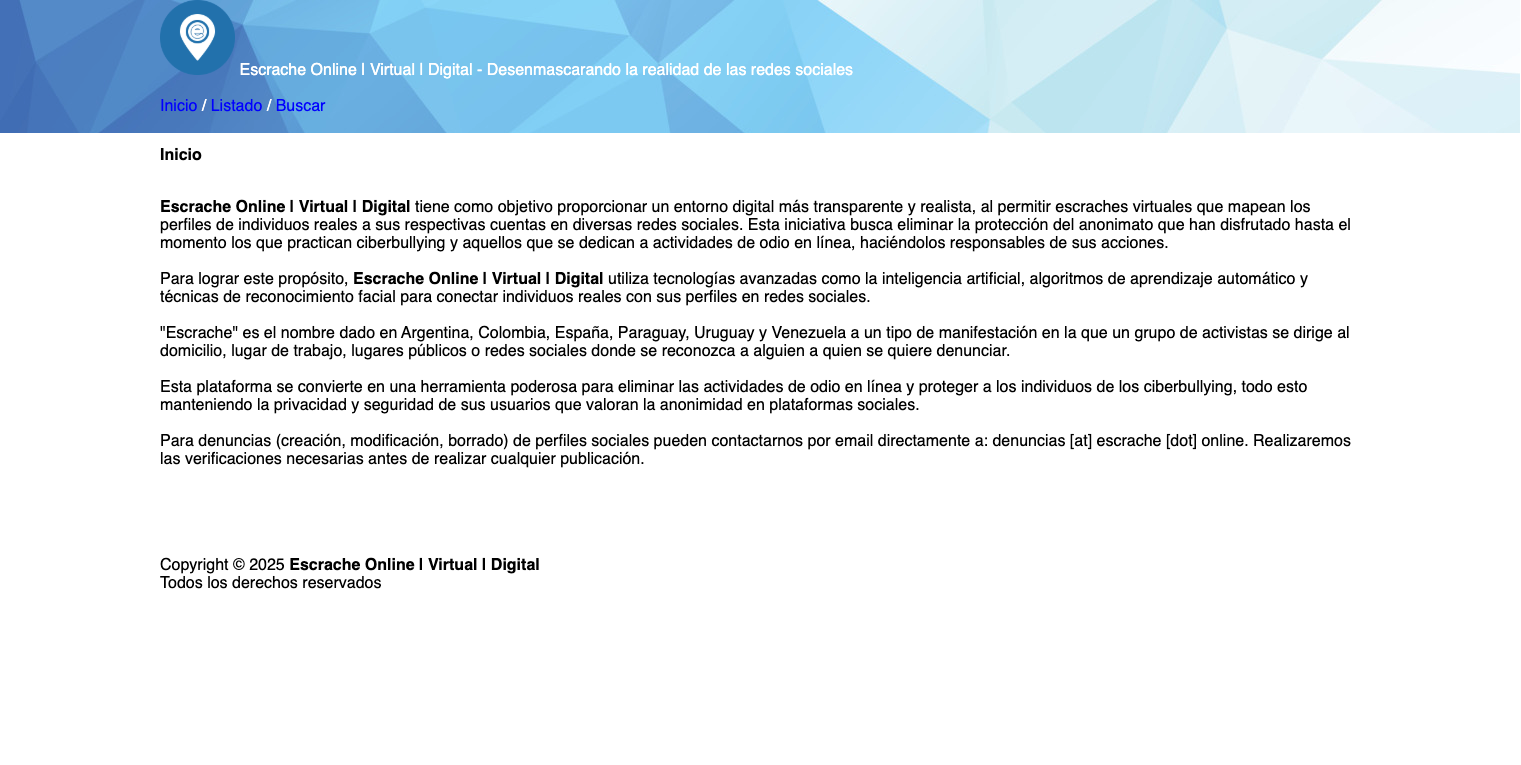Tactic Links - Organic Traffic Booster - Home
|
Path: Home > List > Load (tinypic.com) |
Home | About | List | Rankings | Search | Submit |
| domain | tinypic.com |
| summary | The document likely offers insights into utilizing various photo apps available on an iPhone for capturing high-quality photos. Furthermore, it may provide nature and wildlife photography tips that would help photographers improve their skills in taking pictures of animals or landscapes found outdoors using these applications effectively. The information might also include techniques to ensure the best possible results when shooting with a smartphone camera setup focused specifically towards natural scenes. **Can you create an engaging 500-word article discussing how integrating advanced photo apps into your iPhone can transform nature and wildlife photography, while emphasizing on three key aspects: post-processing features available in these applications that enhance images; innovative techniques to capture unique shots using mobile phone sensors compared with traditional cameras? Additionally, analyze the potential impact of such smartphone technologies advancing photographic art.** Nature has always been a captivating muse for photographers seeking beauty within its realms — from serene landscapes and majestic mountainsides down to intricate wildlife behaviors. With smartphones becoming increasingly powerful tools in this creative journey, advanced photo applications available on iPhones have introduced an array of features that could significantly transform the nature and wildlife photography landscape. The most impressive aspect is undoubtedly post-processing capabilities which these apps offer straight out-of-the-box convenience without compromising image quality — a feature seldom matched by traditional cameras. Post-production software integrated into smartphone camera ecosystems enables users to fine-tune their photos with precision through adjustable parameters such as brightness, contrast, saturation, and sharpness controls that even professional photographers may find invaluable. Another groundbreaking advancement is the innovative techniques made possible due to mobile sensors compared to those in conventional cameras; many modern iPhones come equipped with triple-lens setups mimicking DSLR capabilities. This allows for different perspectives — wide-angle shots can capture vast landscapes while macro lenses let users delve into minute details of wildlife not easily observed by traditional zoom-only lens systems. Moreover, the computational photography revolution has significantly contributed to capturing unique and high-quality pictures that were previously unattainable with standard cameras alone; a perfect example is HDR (High Dynamic Range) technology which allows iPhone photographers to record multiple exposures for one image — effectively handling scenes laden in extreme contrasts between lightness or darkness. This feature enables the photographer to bring out details lost within shadows without overexposing highlights, creating an impeccably balanced representation of nature's diversity. The potential impact these technological advancements have on photographic art cannot be underestimated; they democratize high-quality photography by making it accessible for anyone holding a smartphone — eliminating barriers like expensive camera equipment and intricate knowledge required in traditional settings. As smartphones become more sophisticated with AI-driven scene recognition, automatic adjustments to lighting conditions ensure the resulting image closely resembles what one would capture using professional-grade tools. In conclusion, as we witness these emerging technologies enhancing our ability to not just observe but also document nature’s beauty through mobile phones like iPhones; it's an undeniable testament that this medium is transforming into a powerful tool in modern photography. Advanced photo applications on smartphones can indeed rival traditional cameras when it comes to capturing stunning images of the world around us — making every moment you click with your phone, worth preserving as art. **What are some challenges photographers may face while using mobile apps for nature and wildlife photographs?** Some common obstacles faced by smartphone-based photographers in their quest include limited control over settings like ISO values or shutter speed. This lack of manual adjustments can be particularly challenging when striving to obtain specific visual effects, such as capturing low-light scenes without introducing too much noise into the image. Additionally, while mobile phones have made great strides with auto-focus and HDR functionalities that generally ensure a crisp photo output even in diverse conditions; they are not entirely foolproof. Fluctuations within lighting or motion can occasionally lead to less-than-ideal shots where details may be lost due to abrupt changes detected by the phone's sensors. Moreover, battery life becomes an issue when using high-end apps for extended periods — especially relevant while pursuing wildlife photography which requires patience and often a long time spent waiting. Lastly, privacy concerns also arise as some mobile applications require permissions that could potentially lead to unwanted data access; thus making it crucial for photographers working on sensitive subjects or locations. **How does the use of AI in smartphone cameras benefit nature and wildlife photographers specifically?** AI integration within smartphones has brought about a significant boon especially towards achieving better quality photos while handling complex tasks. For instance, algorithms can identify species from an image which not only helps with cataloging but also informs further research — aiding conservation efforts. Furthermore, the intelligent processing of images allows for sophisticated scene recognition that automatically optimizes settings according to conditions like time-of-day or weather patterns - this is particularly useful in nature photography where lighting changes are frequent. AI can detect motion and trigger burst mode capturing multiple shots which increase chances of a sharp image; an invaluable feature when photographing fast-moving wildlife. Lastly, the application of deep learning models has improved low-light performance by adjusting exposure settings effectively to mitigate noise while ensuring details remain intact — often resulting in cleaner images even from challenging conditions. In summary, AI-driven features significantly contribute towards elevating photographic outcomes for nature and wildlife photographers on their mobile devices using applications like those available through iPhones. **Can you give examples of how smartphone photography is changing the way we perceive landscapes?** Smartphone cameras have altered our perspective toward capturing landscapes by making it accessible to anyone with a device. The ease-of-use, coupled with advanced image processing capabilities inherent in many modern smartphones, has enabled amateurs and professionals alike to capture stunning images without heavy equipment. For instance, panoramic photos that once required specialized lenses or multiple shots stitched together can now be captured effortlessly through the '360° panorama' mode offered by numerous smartphone apps. This simplifies creating comprehensive views of landscapes which were previously difficult due to limitations in camera technology available only on professional cameras — allowing a wider range of individuals to share their experiences. Another example is time-lapse photography; with mobile phones, one can easily capture sequences over extended periods and later process them into seamless videos that depict changes within the landscape – like sunrise or sunset effects. These capabilities are transformative not just in terms of what we see but also how our environment's transformation narratives unfold visually through such technology. In conclusion, smartphone photography is democratizing access to high-quality image capturing techniques previously confined only to professionals with specific gear and expertise — reshaping both public understanding as well as the artistic interpretation of landscapes. |
| title | Photo and Travel Tips | Tinypic |
| description | Content from Photobucket intended to make storing and preserving photo and video memories easier. |
| keywords | photography, photo, february, best, tips, memories, sunset, mastering, family, group, backup, photos, june, android, travel, mountains, worlds |
| upstreams | |
| downstreams | photobucket.com, facebook.com, twitter.com, instagram.com, youtube.com |
| nslookup | A 199.60.103.185, A 199.60.103.85 |
| created | 2011-01-03 |
| updated | 2025-06-25 |
| summarized | 2025-06-25 |
|
HIGHSPOTS | |
 tacticlinks.com | |
 3e9.me | |
 bytemux.io | |
 escrache.org | |
 greenpeace.org |
Traffic Boost by Tactic Links
[took: 494 ms]